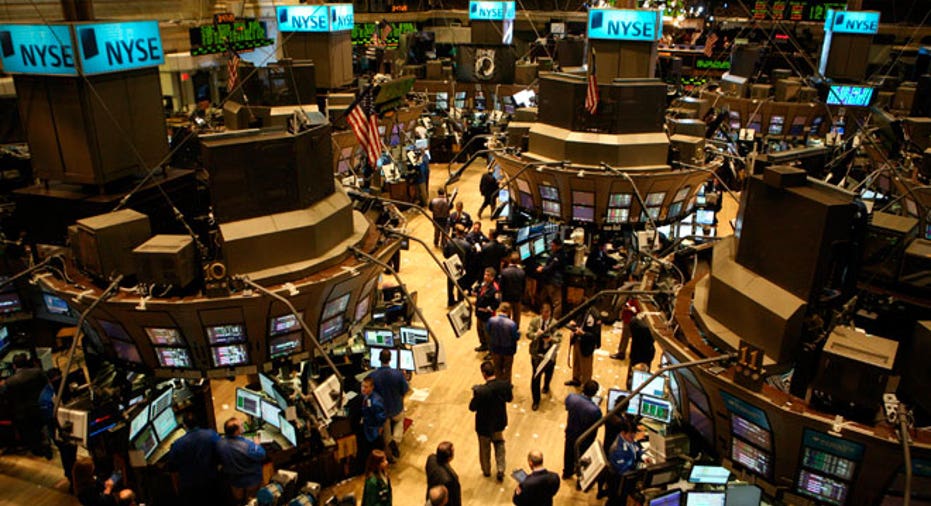IPOs Sidestep Market Volatility

Once on fire, the U.S. IPO market took a big hit in October when 15 planned initial public offerings were withdrawn -- the most seen since the market crashed in 2008.
Volatile market conditions have ushered in investor uncertainty, as the Dow Jones Industrial Average swung hundreds of points in both directions last month. Meanwhile, a gloomy outlook for Europe’s economy, threats by terrorist group ISIS and a deadly Ebola crisis have all been blamed for the dips.
Despite the global tumult and uncertainty, according to Dealogic, 30 companies still weathered the storm, opting to go public in October, raising $6.6 billion. That number is down from the previous year’s monthly average of $8.6 billion in IPO volume.
Overall, 2014 has been a blockbuster year for IPOs, raising the most capital since 2000 during the dot com boom. In total, 255 deals so far brought about $85.6 billion in volume this year. Perhaps most noteworthy, September saw the biggest IPO ever when Chinese e-commerce giant Alibaba (NYSE:BABA) raised $25 billion, choosing to list in the United States during a year that has seen favorable performance for Chinese IPOs.
“This had been the best year for IPOs in a long time, the peak of it was Alibaba but it has cooled tremendously,” Matt Turlip, analyst at private company research firm, Privco said. “The market is going to have to level out the volatility before we see many more IPOs.”
Turlip also pointed out the increased availability of venture capital may lead some companies to stay private for a while.
“The Ubers, the Airbnbs, a market like this is going to keep them on the private side, much much longer. They can finance their own operations and growth without having to tap the public markets," he said.
Of the companies that did go public this year, the healthcare sector has seen the most activity with 96 IPOs, largely due to a biotech boom. Technology also saw a strong turnout, with 51 companies entering the public markets.